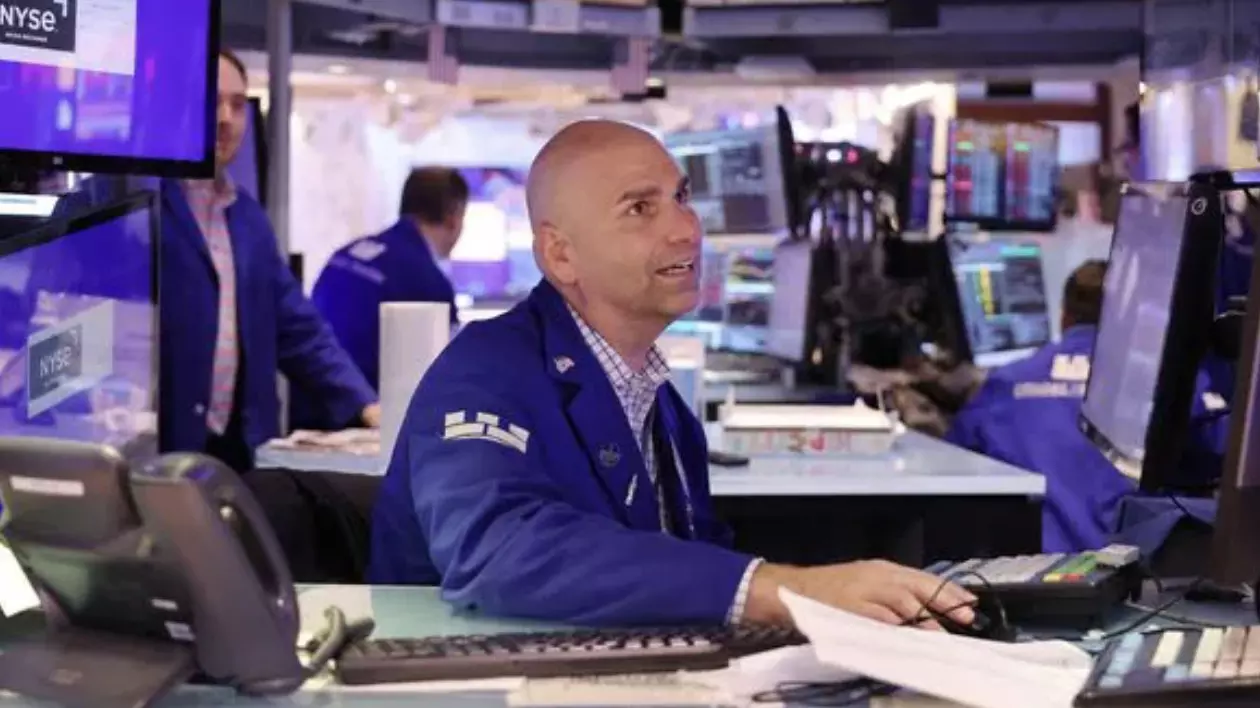Why the US Fed rate cut is sparking a bullish Dalal Street?
Why the US Fed rate cut is sparking a bullish Dalal Street?

The US Federal Reserve (Fed) has cut interest rates for the first time in four years. This decision comes amidst economic challenges posed by the pandemic, which disrupted supply chains and drove prices up. Here's a breakdown of why this rate cut matters.
The Economic Backdrop
The COVID-19 pandemic severely impacted global economies, including the US. Disrupted supply chains led to higher prices due to limited supply, and as demand surged with the easing of restrictions, prices rose further. The US government injected approximately $5 trillion into the economy through support programs, increasing cash flow and spending, which exacerbated inflation. Additionally, a shortage of workers led to higher wages, further increasing demand and prices.
Inflation and the Fed’s Response
By mid-2022, US inflation reached a 40-year high of 9.1%. In response, the Fed raised interest rates 11 times between 2022 and 2023 to curb inflation, targeting a 2% inflation rate—a benchmark initially adopted from New Zealand. Higher interest rates aimed to make borrowing more expensive, thereby reducing spending and cooling inflation.
The Current Rate Cut
After holding rates steady for a year, the Fed has cut them again due to rising unemployment, which climbed from its record low in April 2023 to 4.2%. This rate cut is intended to prevent a recession, as indicated by the Sahm Rule, which links rising unemployment with economic downturns.
Global Implications
The US plays a crucial role in the global economy, and its interest rate decisions have worldwide effects. Lower US rates can make investing in other countries, like India, more attractive through carry trade strategies. This can lead to increased capital flow into these markets and potentially boost stock indices.
For Indian companies, repaying US dollar-denominated loans becomes cheaper with lower US interest rates, as a weaker dollar reduces loan interest repayments and the cost of debt. Additionally, the US, acting as a “lender of last resort” through swap lines, provides liquidity to foreign central banks, maintaining global market stability.
Potential Downsides
However, there are downsides. A weaker dollar could reduce revenues for Indian IT companies that earn primarily in US dollars. Higher crude oil prices, driven by increased global demand for commodities like oil, could lead to higher costs for oil-importing countries like India, potentially pushing domestic inflation higher.
Future Outlook
The Fed has hinted at further rate cuts in the coming months, potentially lowering rates up to six more times until 2025, targeting a range of 3% to 3.5%. While this might address unemployment in the US, it could also lead to higher inflation.
In summary, the Fed’s rate cut is a significant move with far-reaching global economic implications. It affects investment flows, loan repayments, commodity prices, and inflation, highlighting the interconnected nature of global economies.

